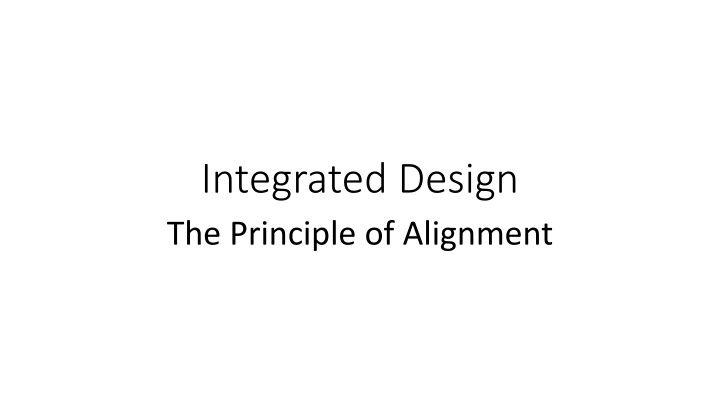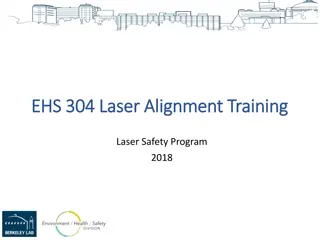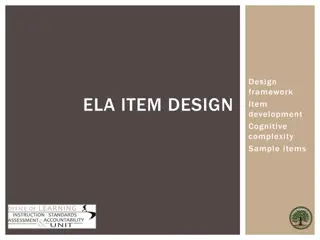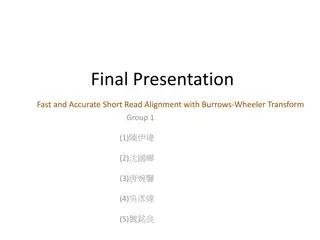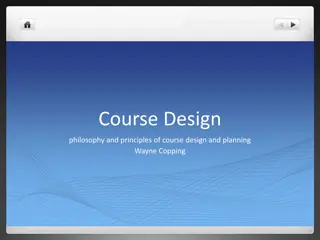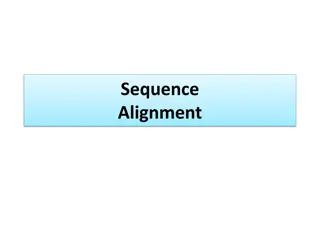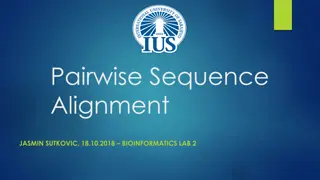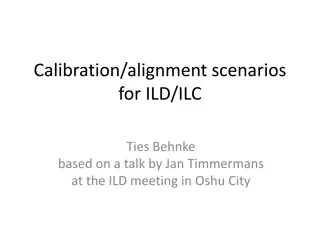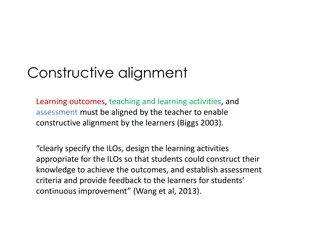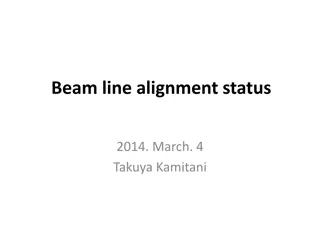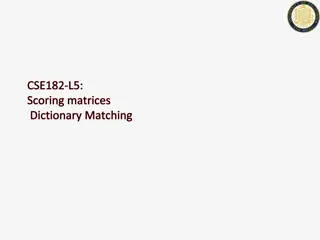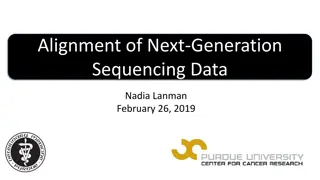Principles of Integrated Design and Alignment in Course Development
Explore the significance of alignment in course and assessment design, program development factors, defining learning outcomes, designing assessments, and the interconnection between outcomes, tasks, feedback, and grading. Understand how integrated design shapes teaching and learning processes supported by program and graduate outcomes. Discover the year-wise alignment of learning objectives and key factors informing program outcomes.
Download Presentation

Please find below an Image/Link to download the presentation.
The content on the website is provided AS IS for your information and personal use only. It may not be sold, licensed, or shared on other websites without obtaining consent from the author.If you encounter any issues during the download, it is possible that the publisher has removed the file from their server.
You are allowed to download the files provided on this website for personal or commercial use, subject to the condition that they are used lawfully. All files are the property of their respective owners.
The content on the website is provided AS IS for your information and personal use only. It may not be sold, licensed, or shared on other websites without obtaining consent from the author.
E N D
Presentation Transcript
Integrated Design The Principle of Alignment
Learning outcomes Participants will be expected to be able to: Explain the key relationships that need to be considered in course and assessment design Summarise the factors influencing programme design Define a course learning outcome identifying its purpose and its connection with other aspects of a course. Articulate the key questions that need to be asked when designing learning outcomes. Communicate clearly the alignment between learning outcomes at all levels, teaching and learning activities and assessment. Explain the connection between outcomes, assessment tasks, criteria, feedback & marking
Connected design: The Big Picture USP Graduate Outcomes Programme Outcomes RSD Course Learning Outcomes
Course alignment Learning Outcomes Assessment Teaching and learning for and of Learning
Integrated design Shaped by Programme and Graduate outcomes and RSD Shapes T & L and assessment Learning outcomes Aligned with outcomes and supported by T & L LO sets baseline for criteria Assessment tasks and rubrics Feedback and marking Feedback in relation to criteria Grading based on criteria
Alignment Year 3 Year 3 Year 3 Year 2 Year 2 Year 2 Year 1 Year 1 Year 1
Factors Informing Programme Outcomes USP Outcomes RSD Discipline inquiry and methods Theoretical foundations Workplace/professional requirements and tools Societal engagement Students ( composition, history, culture, educational experience)
Course Learning Outcomes Course learning outcomes identify the learning that the student is expected to be able to demonstrate at the threshold (baseline) level by the end of a course. Course learning outcomes refer to broad content or skills and the ways in which we would like students to be able to engage with designated learning material.
Course Learning Outcomes Course learning outcomes should be matched by corresponding teaching and learning approaches and appropriate modes of assessment. Course learning outcomes provide the basis for assessment criteria and feedback.
Outcomes questions What are the Graduate Outcomes? What are Programme Outcomes? (and core discipline requirements?) How will it link with RSD? What is the relationship with other courses at the same level? What is the relationship between this course and the subject at other levels? How can I assess the outcomes? How do I plan teaching and learning for the outcomes?
Outcomes questions What are the likely career paths of learners? What are the requirements of professional bodies/ accrediting bodies? What is the likely composition of the student body? What prior knowledge may my learners have? How much time do we have? What resources are there? What is the workload?
Writing learning outcomes The three components: A VERB to demonstrate as precisely as possible HOW we want students to engage with particular learning (use Bloom) An OBJECT: The content/skill/disposition that we want students to learn A CONTEXT/CONDITION/LEVEL OF PERFORMANCE statement (at an introductory level, within the Pacific Region, for example, such as, with reference to).
Example Example Students will be expected to be able to: Evaluate the significance of interpretation in historical narratives with reference to an event in South African History in the period 1948-1992. (Level 2)
Assessment tasks Fit, formative, fair, future-oriented, fulfilling.
Designing and implementing assessment tasks Course outcomes Programme /USP outcomes RSD Work requirements Student diversity Level of learning Prior experience Cultural values Fairness Weighting Resources Time Authenticity Range of ways Identify Skills/content Summative Type of engagement Assessment Formative assessment Select task
What is good assessment design? Helps students to develop core course and programme learning outcomes Corresponds precisely to learning outcomes Is relevant to future work contexts and relevance is demonstrated to learners Has long term benefits Encourages rich personal engagement with course learning and is intrinsically motivating Recognises process as well as product (includes formative components) Discourages plagiarism
What is good assessment design? Matches classroom teaching and learning approaches Provides different ways for students to represent their learning Caters for and accommodates student diversity Ensures requirements are transparent and supported by ongoing dialogue Encourages students to be active partners in the assessment process Is level appropriate and has an appropriate weighting.
Aligned assessment Students will be expected to be able to: Evaluate the significance of interpretation in historical narratives with reference to an event in South African History in the period 1948-1992.
Task Assessment: Choose a significant event in South African History during the period 1948- 1992. Find 4 different accounts of your chosen event. These could be from newspapers of the time, parliamentary reports, secondary texts, websites. Identify key differences in the way that the event is reported and explain the impact of this on your understanding of the event. Represent the different perspectives in a medium of your choice (website entry; textbook description for high schoolers; narrative by someone living at the time; visual representation)
Marking criteria 8 -10 6-7 5-6 Identifies key differences in the interpretation of an event. Highlights features of the report that result in different perspectives Represents different perspectives of an event effectively.
Alignment Graduate outcomes: Communication; critical thinking; creativity; professionalism Programme Outcomes: Historical interpretation; evidence
